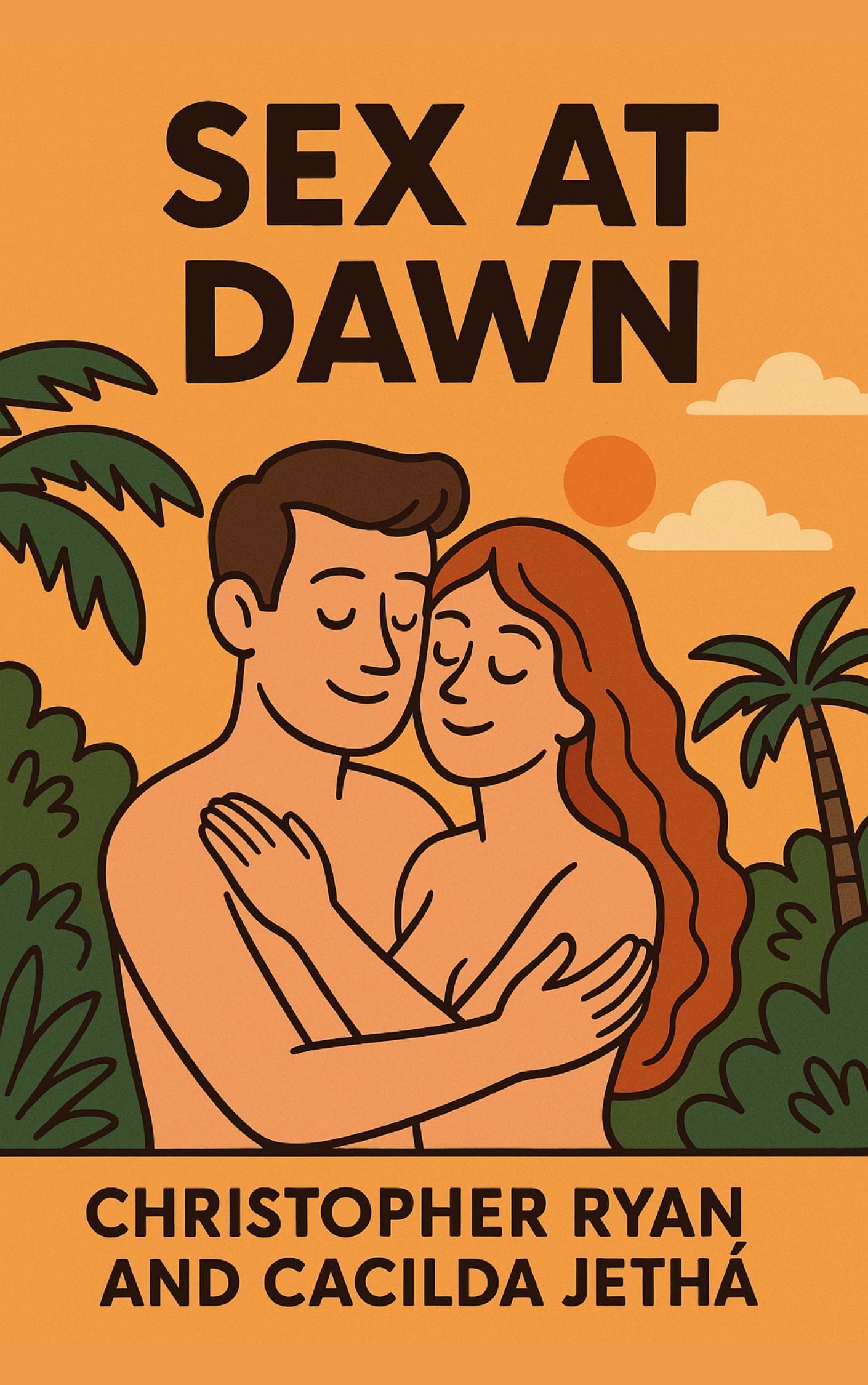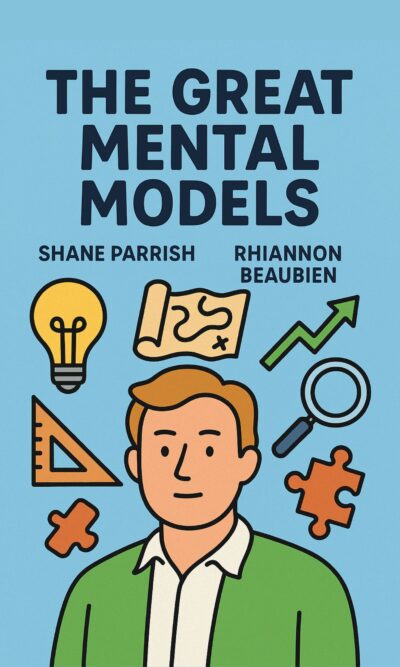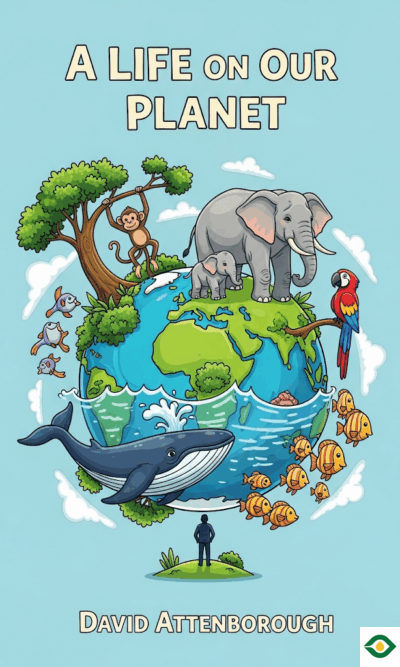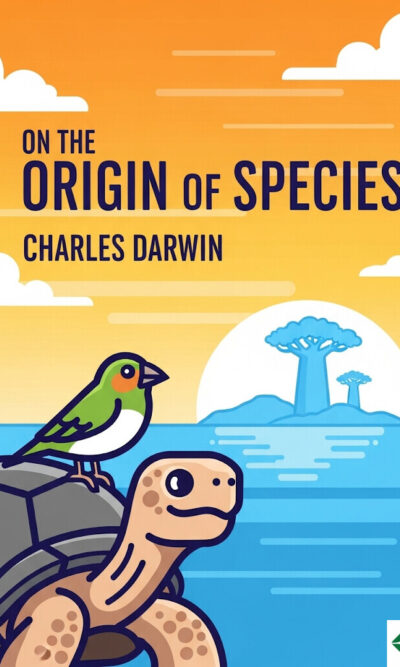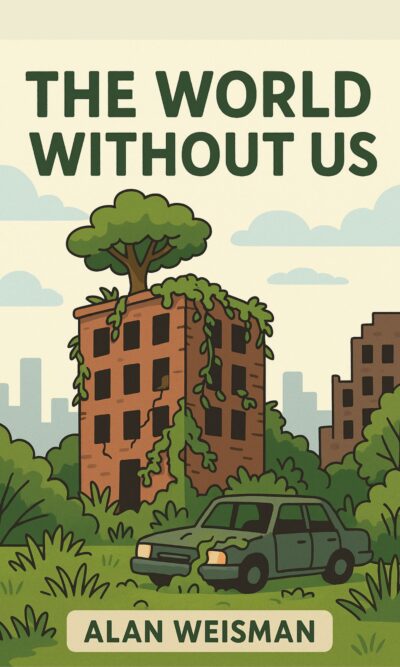Description
Human beings have long been told that lifelong monogamy is the natural way to live. Stories, religions, and cultural norms promote the idea that “true love” means loving—and wanting—just one person forever. But when we look at human history, biology, and even our closest animal relatives, a different picture emerges. Our ancestors didn’t pair off in exclusive couples for life. Instead, they lived in small, close-knit communities where sexual sharing was common and seen as a natural part of life.
In early human tribes, everyone contributed to the group’s survival. Food, shelter, child-rearing, and even sexual relationships were shared freely. This lifestyle kept tensions low, bonded people together, and ensured that all children had multiple caretakers. No one obsessed over who the “real” father was, because everyone felt responsible for every child. This type of communal living helped humans survive for thousands of years.
The arrival of agriculture changed everything. Once people began farming and settling in one place, ownership became important—ownership of land, possessions, and eventually, people. Men wanted to be sure that the children who inherited their property were biologically theirs. This led to restrictions on women’s sexual freedom, the rise of marriage as an institution, and a shift toward monogamy as the ideal. Over time, cultures built laws, religions, and moral codes around this new way of living, even though it conflicted with our natural instincts.
Biology still tells the truth of our past. Studies show that women’s sexual desire is just as strong as men’s, and often more complex. Both men and women are wired for variety, not lifelong exclusivity. Physical traits also reveal our sexual history. The human penis and testes are larger, relative to body size, than those of many primates, a sign of sperm competition in a multi-partner mating system. Women’s ability to have multiple orgasms, and behaviors like vocalizing during sex, suggest an evolutionary past where attracting multiple partners in a short time was common.
Our closest relatives in the animal kingdom, bonobos and chimpanzees, live in societies where sex plays a major role in social bonding and conflict resolution. These primates use sexual interactions not only for reproduction but also for building trust, reducing tension, and strengthening community ties. Humans share over 98% of their DNA with them, and our social behaviors reflect this shared heritage.
Despite our nature, modern society continues to push the monogamous ideal. This creates tension in relationships. People often mistake the loss of sexual desire for a partner as the loss of love, or misinterpret the excitement of an affair as “true love.” In reality, our biology simply drives us toward variety. When this drive collides with cultural expectations, frustration, guilt, and even health problems can follow. For example, men in long-term monogamous relationships often experience lower testosterone levels, which can lead to depression and other health risks.
The way forward isn’t about abandoning love or commitment, but about being honest with ourselves and each other. Open conversations about desire, sexuality, and the limits of monogamy can lead to healthier, more fulfilling relationships. Accepting that sexual attraction to others is natural doesn’t have to mean the end of a partnership—it can mean building a relationship that works for both people, based on trust and understanding.
Education is also important. Instead of treating sex as shameful, societies could provide young people with open, accurate information about sexuality. Some cultures already do this, creating spaces for teenagers to explore their sexual feelings in safe, consensual environments. Removing the stigma around sexual expression could reduce frustration, violence, and unhealthy attitudes toward intimacy.
Ultimately, sex is just one part of human life. It’s a biological impulse shaped by millions of years of evolution. Love, on the other hand, is built over time through shared experiences, care, and emotional connection. Recognizing this difference helps people navigate their relationships more realistically.
We evolved to be sexual beings who seek variety, and forcing ourselves into a mold that doesn’t fit often leads to dissatisfaction. By understanding our history and nature, we can create relationship models that match who we truly are—models that allow for honesty, freedom, and lasting emotional bonds, rather than ones that set us up for failure by pretending that biology doesn’t matter.

